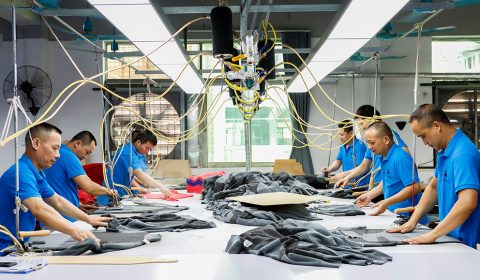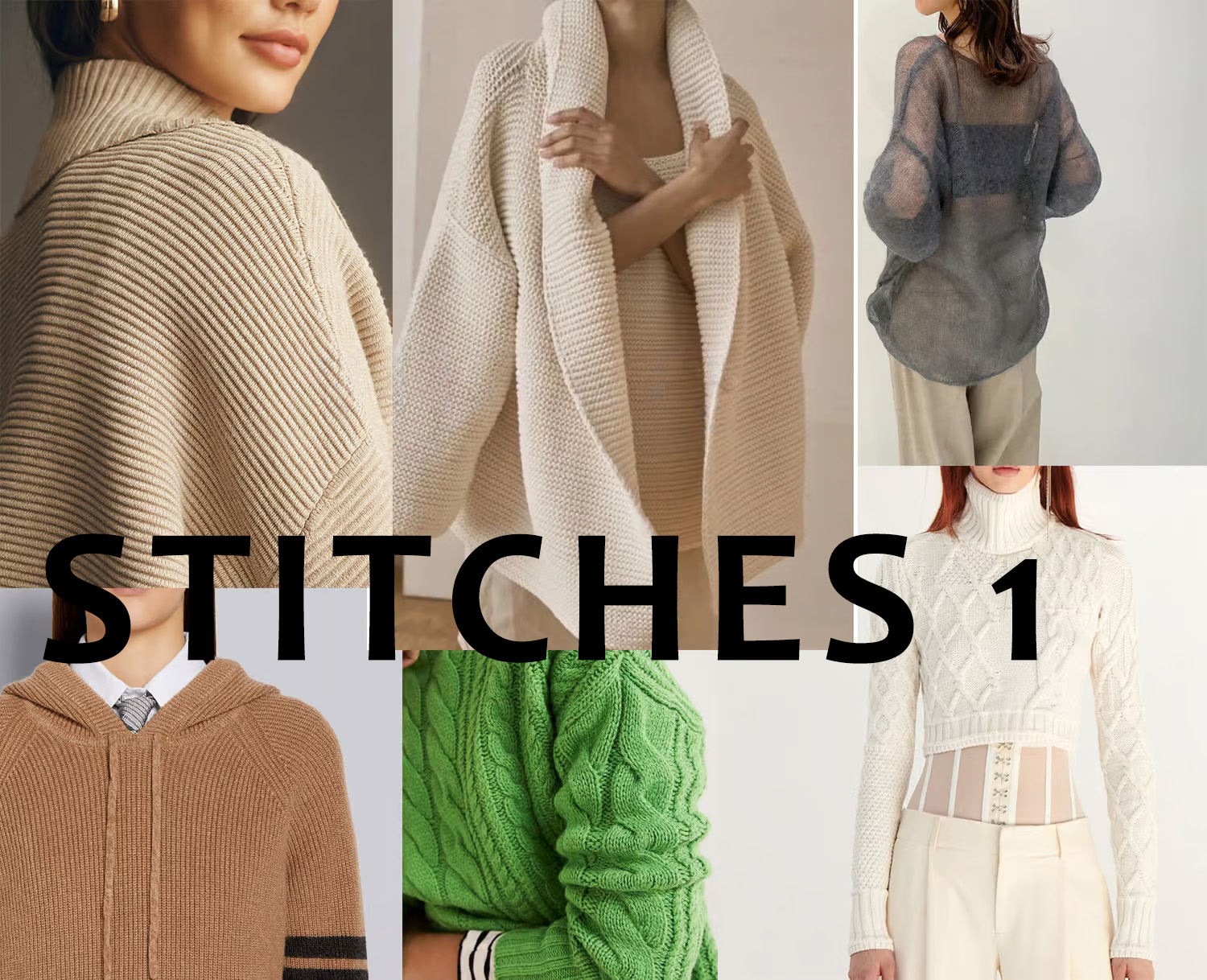The origin of wool yarn
As one of the oldest textile materials, wool dates back to around 4000 BC and first appeared in the Middle East and Asia. At that time, people began to domesticate sheep to obtain their fur and hair for making clothing and textiles. This marks the origin of wool weaving.
In ancient civilizations, wool textiles played an important role in society and culture, and ancient Rome was an important center of the wool textile industry, which produced colorful yarns and wool clothing.
In the Middle Ages, Europe became the center of the wool textile industry. Britain’s wool industry reached its peak in the 12th century and became the backbone of the country’s economy. The demand for wool yarns led to the development of spinning technologies, such as the invention of the Spinning Jenny, which also made the production of higher quality wool yarns more efficient.
In modern times, wool yarns have gradually become a global industry, not only in the field of fashion, but also play an important role in trade and cultural exchanges, wool yarns are an integral part of high-quality yarn spinning, representing the essence of textile technology and history.
The warmth and comfort of wool yarn
In terms of clothing, wool yarn is known for its excellent warmth retention and softness, which makes it a preferred material for winter clothing. Wool yarn not only effectively maintains body temperature, but also has hygroscopic and perspirant properties, so it can provide a comfortable wearing experience in a variety of weather conditions.
Wool yarn is often chosen by fashion designers to make classic winter clothing such as coats, sweaters, scarves and hats, while it is also widely used in high-end custom clothing.
The natural fibers of wool yarn have excellent insulating properties and are able to effectively capture and maintain body temperature at low temperatures. Of course, the fibers are soft and delicate, which is very comfortable to touch and does not cause any discomfort. Compared to some other synthetic fibers, wool yarn is more suitable for direct contact with the skin, so it is often used in underwear and home wear. Whether in the cold nights of winter or in the warm indoors, wool yarn clothing provides you with an unmatched skin-friendly feel.
The reason why wool yarn has become an integral part of the fashion world is because of its excellent thermal properties and pleasant touch. Whether you are venturing outdoors or relaxing at home, wearing clothing made of wool yarn can bring warmth and comfort, providing people with unparalleled comfort and warmth in the cold season.
Multiple uses of wool yarn
In terms of clothing, wool yarn is known for its excellent warmth retention and softness, which makes it a preferred material for winter clothing. Wool yarn not only effectively maintains body temperature, but also has hygroscopic and perspirant properties, so it can provide a comfortable wearing experience in a variety of weather conditions.
In addition to clothing, wool yarns also play an important role in home textiles. Its natural insulating properties make it an ideal material for warm home products such as blankets, bedding and cushions. The durability and easy care nature of wool yarns make them the first choice for home decorations, not only because they are beautiful, but also because they are effective at keeping warm and comfortable.
In addition, wool yarn is also popular in the field of crafts. It is an ideal material for knitting, crocheting and weaving, and is suitable for making various handicrafts such as wool felt, dolls, shawls and gloves. Artisans like to use wool yarn because it is easy to manipulate and can create a variety of different textures and patterns. The natural texture and color of wool yarn make it a unique handicraft material and can also add a unique charm to handicraft works.
The versatility and diversity of wool yarn make it widely used in the field of clothing, home textiles and crafts, providing designers and crafts lovers with rich creative space.
Wool yarn quality identification
High-quality wool yarns: These yarns are usually derived from high-quality wool, such as Merino wool or Marino wool. Their characteristics include softness, fineness and excellent thermal properties. Quality wool yarns are very popular when making high-end and comfortable clothing, such as premium wool coats and wool scarves. GUOOU FASHION cooperates with many high-end yarn brands and has a sufficient stock of high-quality wool yarns, especially in the use of Merino wool. We have sufficient experience to provide the most suitable yarn solutions for your design, and can quickly provide up to three or more yarn suggestions for you to choose from.
Medium wool yarns: These yarns are usually derived from average quality wool with moderate softness and warmth retention. Medium wool yarns are suitable for a variety of mid-end garments, such as sweaters, wool skirts and gloves.
Low-quality wool yarns: These yarns may come from different varieties of wool and are usually coarser and less texturous than high-quality and medium grade yarns. They are more cost-competitive and suitable for making affordable clothing, such as wool blend coats or cheap yarn.
Blended wool yarns: This type of yarn usually blends wool with other fibers to improve its properties or reduce costs. Blended wool yarns can have different quality levels, depending on the type and proportion of fiber being mixed.
When choosing wool yarn, quality level is a key factor, different levels are suitable for different projects and budgets, for your specific project and budget to choose the most suitable wool yarn can, no matter what your choice, wool yarn can bring you different surprises.




 English
English Deutsch
Deutsch Français
Français Italiano
Italiano Español
Español Русский
Русский Polski
Polski Nederlands
Nederlands Svenska
Svenska

